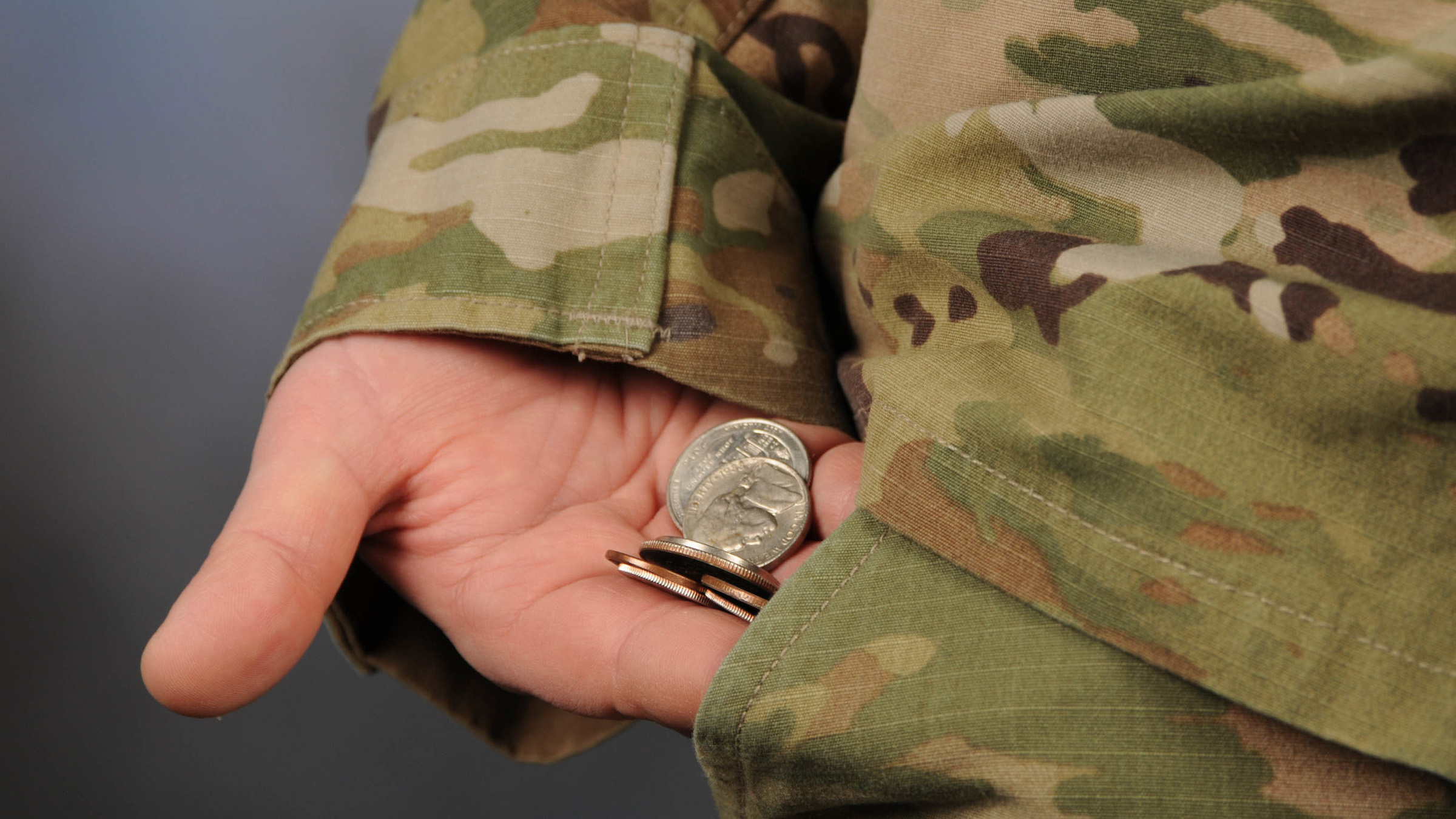
Understanding Military Pay
Military pay can be hard to understand-at first. There are several types of compensation that may affect a military member’s total pay; some of them are considered “special pay” for duty or qualifications that warrant additional pay in the eyes of the Department of Defense, while other pay may be added for all servicemembers on…


